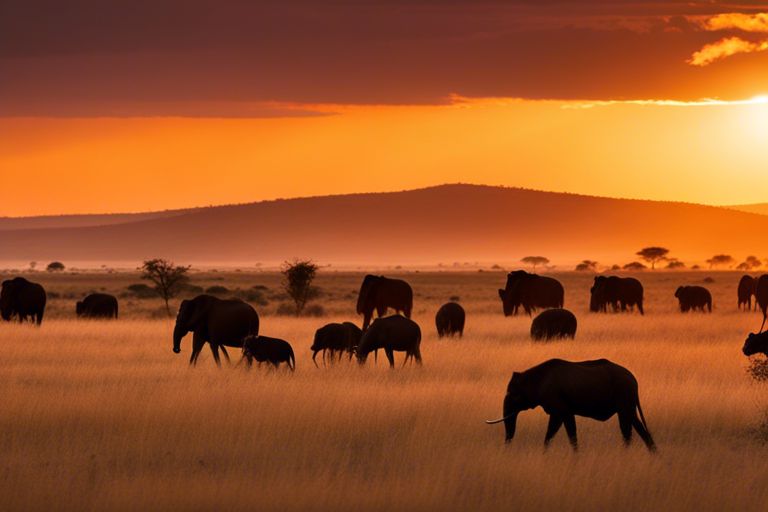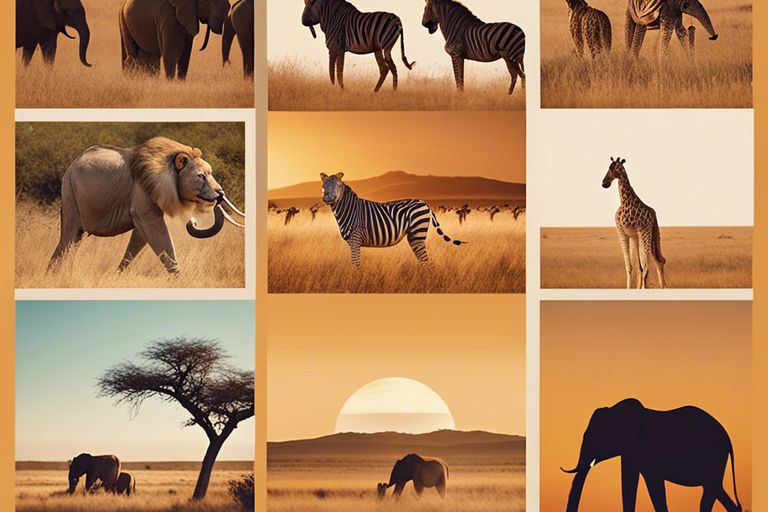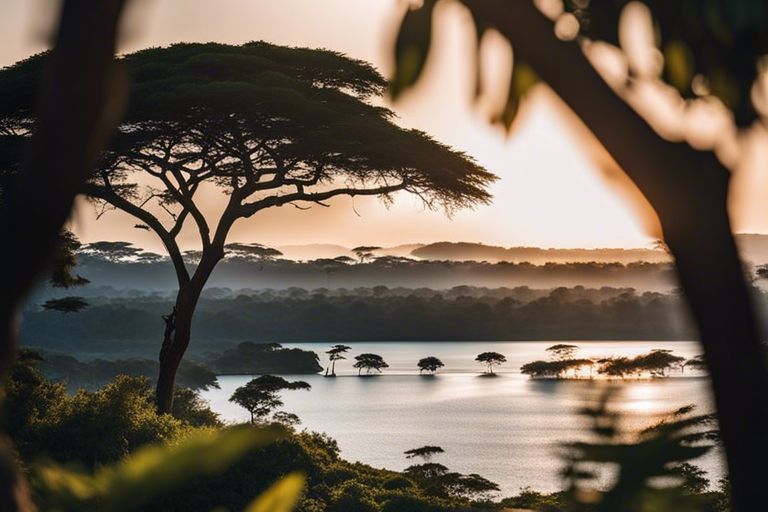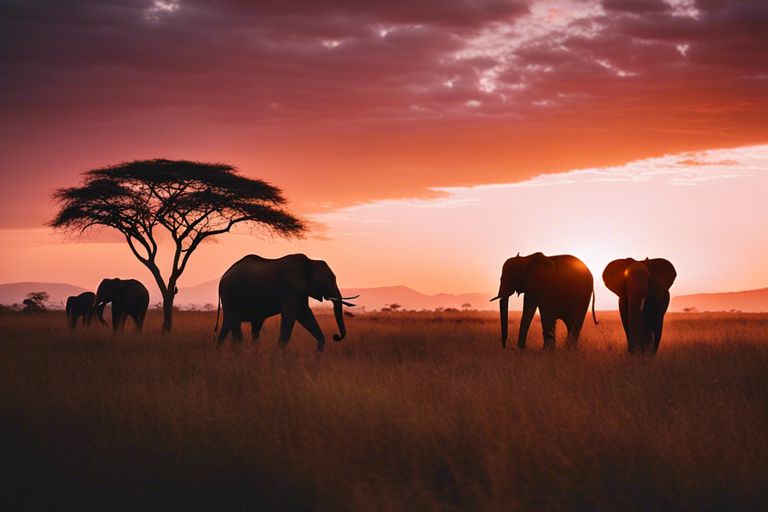How To Capture The Beauty Of The Serengeti – Photography Tips And Tricks
You know that feeling of awe when you gaze upon the vast plains of the Serengeti, with its stunning wildlife and breathtaking sunsets? Capturing that beauty through your lens can be a challenge, but with the right photography tips and tricks, you can bring the essence of this magnificent landscape to life in your photos. In this blog post, we will share expert advice on how to best capture the beauty of the Serengeti through your camera lens.
Understanding the Serengeti Landscape
While visiting the Serengeti, it’s important to have a good understanding of the landscape to capture its beauty effectively. The Serengeti is renowned for its vast plains, acacia trees, rocky outcrops, and diverse wildlife. Knowing the lay of the land will help you compose stunning shots that truly showcase the essence of this iconic African savannah.
Factors to Consider When Shooting in the Serengeti
- Lighting conditions can vary greatly throughout the day, affecting the mood and quality of your images.
- Wildlife movement and behavior are unpredictable, so patience and quick reflexes are key to capturing spontaneous moments.
- The weather can change suddenly in the Serengeti, so be prepared to adapt your photography techniques accordingly.
Recognizing these factors and being adaptable in your approach will greatly enhance your chances of capturing stunning photographs during your time in the Serengeti.
Best Times of Day for Capturing Stunning Images
Clearly, the best times of day for capturing stunning images in the Serengeti are during the golden hours of sunrise and sunset. The soft, warm light during these times creates a magical glow that bathes the landscape in a golden hue, making it ideal for photography.
When planning your photography excursions in the Serengeti, aim to be out during the early morning and late afternoon to make the most of the beautiful lighting conditions. This is when the wildlife is also most active, increasing your chances of capturing dynamic and captivating shots.
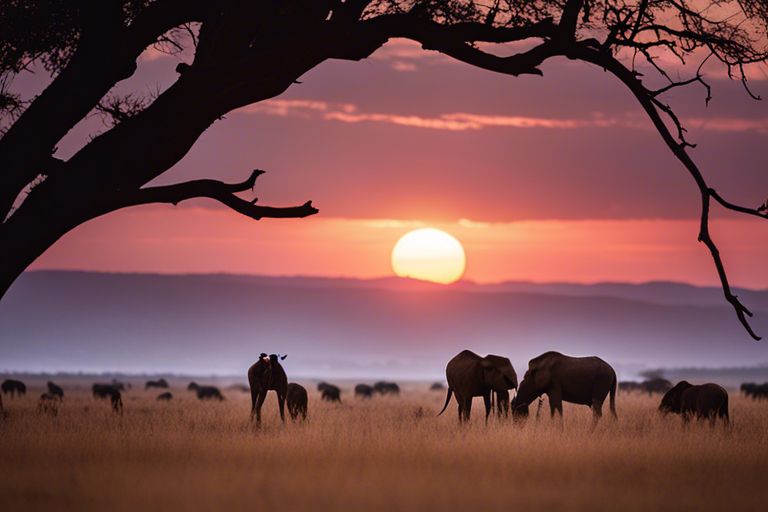
Preparing for Your Photography Adventure
Essential Camera Gear for Capturing Wildlife
One of the most important aspects of preparing for your photography adventure in the Serengeti is ensuring you have the right camera gear to capture the beauty of the wildlife. A good quality digital camera with a telephoto lens is vital for getting those close-up shots of animals in their natural habitat. It is also recommended to bring a sturdy tripod to keep your camera steady for those long-distance shots.
Tips for Packing and Transporting Your Equipment
While packing for your photography adventure, it is crucial to ensure your equipment is safe and secure during transport. Invest in a durable camera bag or case that provides ample padding and protection for your gear. It is also a good idea to bring along extra batteries, memory cards, and cleaning supplies to keep your equipment in top condition throughout your trip.
- Protect your camera gear from dust and moisture by using weatherproof covers or bags.
- Secure your equipment in your carry-on luggage to prevent damage or theft during flights.
Research and Planning: Knowing Your Subject and Location
Subject to capture captivating wildlife photographs in the Serengeti, it is vital to research and plan ahead. Understand the behavior patterns of the animals you wish to photograph and familiarize yourself with the best locations for wildlife sightings. Knowing the golden hours for photography in the Serengeti can also help you capture stunning images of the animals in soft, natural light.
It is also important to familiarize yourself with the rules and guidelines for photographing wildlife in the Serengeti. Respect the animals’ natural habitats and keep a safe distance to avoid startling or disturbing them. By researching and planning ahead, you can make the most of your photography adventure and come away with incredible images of the stunning wildlife in the Serengeti.
Mastering Camera Settings for Wildlife Photography
Understanding Aperture, Shutter Speed, and ISO
All successful wildlife photographers understand the importance of aperture, shutter speed, and ISO in capturing stunning images. Aperture controls the amount of light that enters the camera, influencing the depth of field in your shots. Shutter speed determines how motion is captured in your images, allowing you to freeze fast-moving subjects or create a sense of motion blur. Lastly, ISO dictates the camera’s sensitivity to light, crucial in low-light conditions.
How to Use Lighting to Enhance Your Images
If you want to take your wildlife photography to the next level, mastering lighting techniques is vital. The quality and direction of light can dramatically impact the mood and atmosphere of your images. Utilize golden hour light during sunrise and sunset for soft, warm hues, or experiment with backlighting to create stunning silhouettes of your subjects. Understanding how to manipulate natural light will elevate the visual appeal of your wildlife photographs.
This subsection will examine into the different ways in which you can utilize lighting to enhance the beauty of the Serengeti in your images.
Tips for Capturing Sharp Images of Moving Subjects
- Subjects in motion require precise camera settings to capture sharp images.
- Using a fast shutter speed is vital to freeze the motion of wildlife in action.
Perceiving the optimal settings for your camera based on the speed of the subject will help you take clear and focused shots that convey the dynamic nature of wildlife in the Serengeti.
Subjects that are in motion present a unique challenge for wildlife photographers, requiring specific techniques and equipment to capture clear and impactful images. This subsection will provide detailed tips on how to adjust your camera settings and shooting techniques to achieve sharp and engaging photographs of moving subjects.
- Enhance your photography skills by mastering the vital camera settings for wildlife photography.
Composition Techniques for Capturing the Beauty of the Serengeti
Rule of Thirds and Leading Lines in Wildlife Photography
Rule of thirds is a fundamental principle in photography that can greatly enhance the composition of your wildlife shots. Divide your frame into a 3×3 grid and place your subject along the intersections of these lines. This technique creates a more dynamic and visually appealing image. Leading lines, such as the curves of a river or the branches of a tree, can draw the viewer’s eye into the scene, adding depth and interest to your photos.
Framing and Symmetry in Your Compositions
Composing your wildlife shots with framing elements, such as overhanging branches or natural arches, can help draw attention to your subject and create a sense of depth in the image. Symmetry, where elements are balanced on either side of the frame, can also lend a sense of harmony and beauty to your compositions.
Understanding how to effectively use framing and symmetry in your compositions can elevate your wildlife photography to the next level. Experiment with different angles and perspectives to find the most captivating and balanced compositions.
How to Use Negative Space to Create Impactful Images
Clearly defining your subject against a vast expanse of negative space can create a sense of isolation and drama in your wildlife images. Leaving empty space around your subject can draw the viewer’s focus to the main point of interest, enhancing the impact of your photograph and creating a more powerful visual statement.
Capturing the vast beauty of the Serengeti requires careful composition techniques that highlight the grandeur of the landscape and the magnificence of its wildlife inhabitants. By mastering the use of negative space, framing, symmetry, leading lines, and the rule of thirds, you can create stunning images that truly capture the essence of this remarkable ecosystem.
Working with Wildlife: Tips for Capturing Stunning Animal Portraits
Anticipating and Capturing Behavior and Action
Tips for capturing stunning animal portraits in the Serengeti include observing and understanding animal behavior. Keep a watchful eye on your subjects to anticipate their movements and actions. Patience is key when waiting for that perfect shot of an animal in action.
How to Approach and Interact with Your Subjects
Interact with wildlife respectfully to capture authentic and captivating animal portraits. Your approach to the animals should be cautious and considerate of their space. Avoid sudden movements and loud noises that could startle them. The more you understand the behavior of the animals, the better you can anticipate their reactions and capture remarkable moments.
Your interactions with the wildlife should always prioritize their well-being and safety. Remember that you are a guest in their natural habitat, and it’s necessary to respect their boundaries and comfort levels.
Tips for Capturing Portraits with Unique Perspectives
- Experiment with different angles and compositions to add creativity to your wildlife portraits.
- Use the surrounding environment to frame your subject and create visually appealing shots.
When capturing wildlife portraits in the Serengeti, strive for unique perspectives that showcase the animals in a new light. You can achieve this by getting down to the animal’s eye level or capturing them in their natural habitat. Recognizing the beauty and uniqueness of each animal will help you create portraits that stand out.
Post-Processing and Editing Your Images
How to Enhance Colors and Contrast in Your Images
Your photography adventure in the Serengeti may have captured stunning moments, but enhancing colors and contrast can take your images to the next level. In post-processing, you can use tools like saturation, vibrance, and curves adjustment to make the colors in your images pop. Play around with contrast settings to bring out the details in your photos and create a more dynamic look.
Tips for Removing Noise and Grain from Your Photos
In the vast landscapes of the Serengeti, noise and grain can sometimes find their way into your shots. To combat this, utilize noise reduction tools in post-processing software. Adjust the settings carefully to maintain image sharpness while reducing unwanted noise and grain. Be mindful of, a little noise can add character to your photos, so find the right balance for each image.
- Use noise reduction tools sparingly to avoid losing important details in your photos.
- Consider converting noisy images to black and white for a classic, grainy effect.
How to Create a Consistent Look and Feel in Your Portfolio
Assuming you’ve captured numerous images during your Serengeti safari, creating a consistent look and feel across your portfolio can tie your photos together cohesively. Pay attention to factors like color tones, lighting, and composition when editing your images. Applying similar editing styles to your photos can help create a cohesive and professional portfolio that showcases your unique vision of the Serengeti.
- Consistency in editing can help establish your photographic style and make your portfolio more visually appealing.
To wrap up
With this in mind, capturing the beauty of the Serengeti is a rewarding experience for any photographer. By following these photography tips and tricks, you can enhance your skills and create stunning images that truly showcase the essence of this magical place. Remember to be patient, pay attention to the details, and immerse yourself in the natural beauty that surrounds you.
Whether you are an amateur photographer or a seasoned professional, the Serengeti offers endless opportunities to capture captivating moments. As you venture out into the vast savannah, keep these tips in mind and let your creativity flow. The Serengeti is not just a destination; it is a photographer’s paradise waiting to be explored and documented through your unique perspective.

